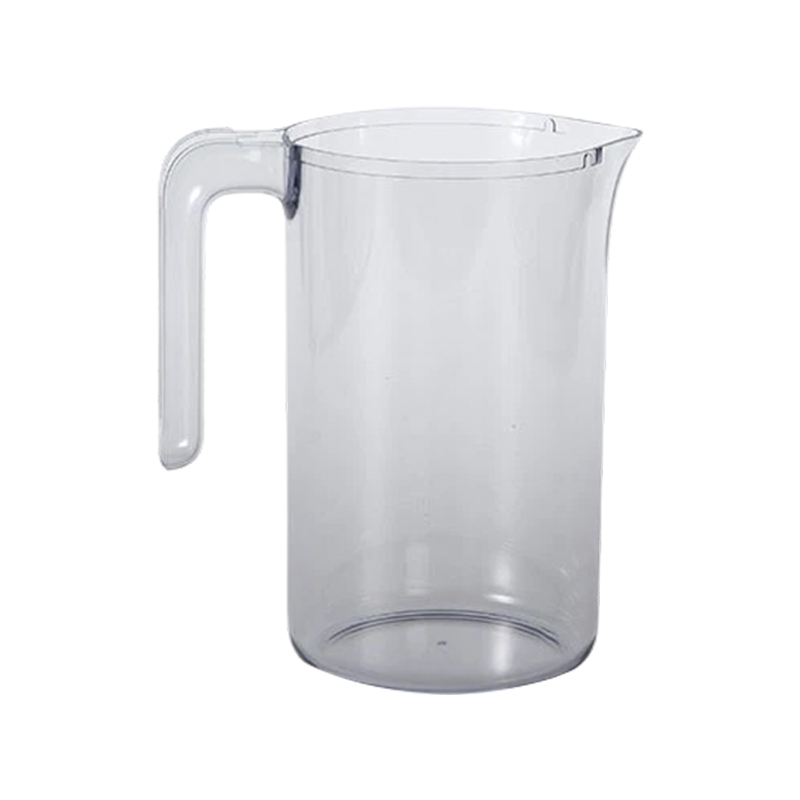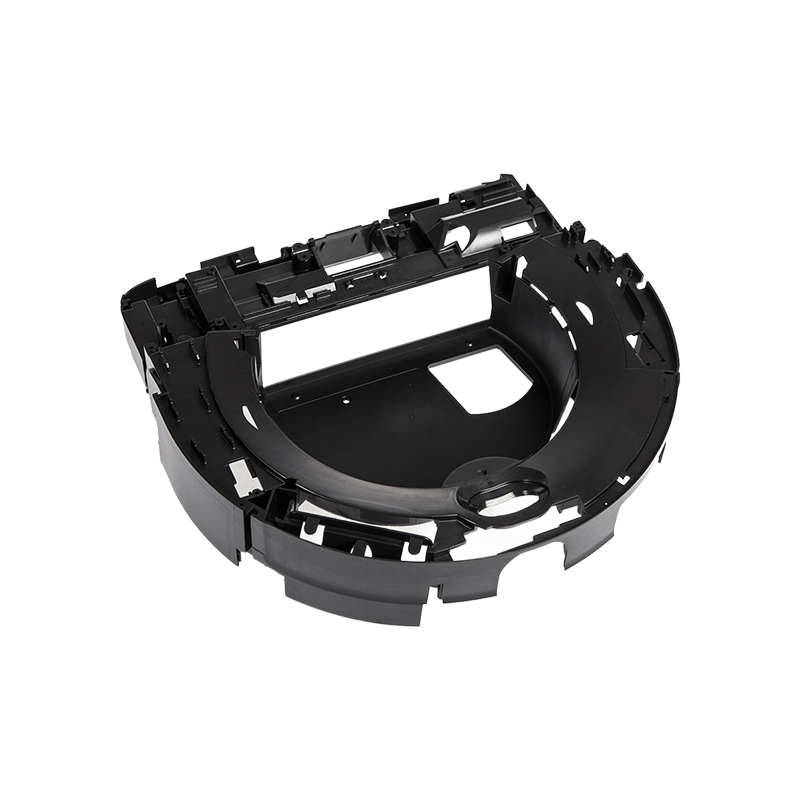How important is the strength design of mold components to rice cooker shell?
Release Time : 2025-10-28
Mold component strength design is a core component in rice cooker shell manufacturing, directly impacting product safety, durability, and user experience. As a component in direct contact with the user, the rice cooker shell must withstand high temperatures, mechanical shock, and various stresses of daily use. Therefore, mold component strength design is crucial to ensuring its stable performance. Insufficient mold strength can cause deformation in high-temperature environments, resulting in reduced sealing and even safety hazards such as internal short circuits. Excessive strength can increase material costs and reduce product cost-effectiveness. Therefore, appropriate strength design must strike a balance between safety and cost-effectiveness.
Mold component strength design first considers material selection. Rice cooker shells are typically made of plastic materials such as modified PP or ABS, which require high gloss, low shrinkage, and heat resistance. During mold design, component thickness and structure must be adjusted based on material properties. For example, reinforcing ribs or optimized wall thickness distribution can be used to enhance the shell's impact resistance. Improper mold component strength design can lead to cracking due to localized stress concentration, particularly at the joint between the lid and the pot. Insufficient strength can lead to seal failure, compromising cooking results.
The strength design of mold components must also consider the feasibility of the manufacturing process. During the injection molding process, the mold must withstand the impact of high-pressure molten plastic. If the strength design is insufficient, the mold may wear out with repeated use, resulting in dimensional deviations or surface defects in the shell. For example, the tongue mold and flat manifold mold need to be calibrated for shear, flexural, and compressive strength. The tongue tip also needs to consider tensile strength to ensure the mold maintains precision during long-term use. Furthermore, the mold's heat treatment process must be aligned with the strength design. Quenching and tempering processes improve the mold's hardness and wear resistance, thereby extending its service life.
The strength design of the rice cooker shell must also ensure user convenience. As a key component, the lid's material must maintain strength while reducing weight to avoid excessive weight and strain when opening. The use of high-strength plastics can optimize the user experience while ensuring safety, but the mold design must ensure the connection strength of the plastic components to prevent loosening or breakage due to frequent opening and closing. For example, the snap-fit mechanism between the lid and the pot body must be precisely matched through mold design. If the strength is insufficient, a loose fit could lead to steam leakage and even burns. The strength design of mold components also needs to consider environmental adaptability. Rice cooker shells are susceptible to corrosion in humid or high-temperature environments, so mold design requires surface treatment to enhance component corrosion resistance. For example, chrome plating or spray coating can enhance the shell's oxidation resistance, but the mold design must ensure a strong bond between the surface treatment layer and the base material to prevent coating peeling due to long-term use. Furthermore, the mold's cooling system design must be coordinated with the strength design. Optimizing the layout of cooling channels can reduce mold deformation caused by thermal stress.
From a long-term perspective, the strength design of mold components directly impacts the durability of the rice cooker shell. If the mold strength is insufficient, the shell may crack due to repeated thermal expansion and contraction. This is especially true in low-temperature environments, where the plastic material becomes more brittle. Therefore, strength design requires the addition of reinforcements or structural optimization to improve impact resistance. Furthermore, the mold's fatigue strength design must also consider the frequency of user use to ensure the shell maintains stable performance over long-term use.
The strength design of mold components is crucial for the rice cooker shell. It not only affects product safety and durability but also directly impacts user experience and manufacturing costs. Through scientific design methods and material selection, the strength design of mold components can ensure that the rice cooker shell maintains stable performance in complex usage environments, providing consumers with safe and reliable products.








